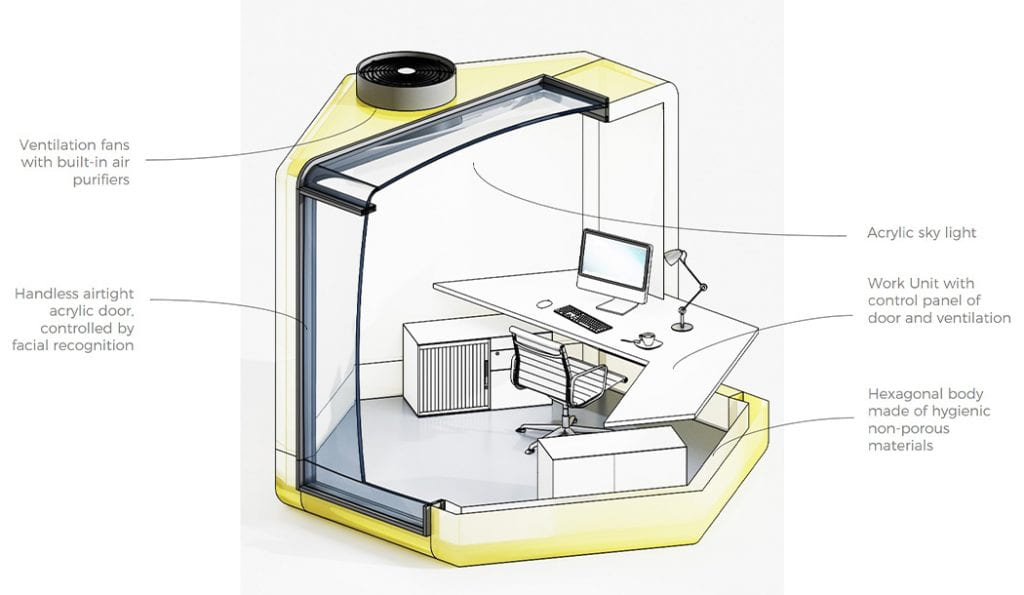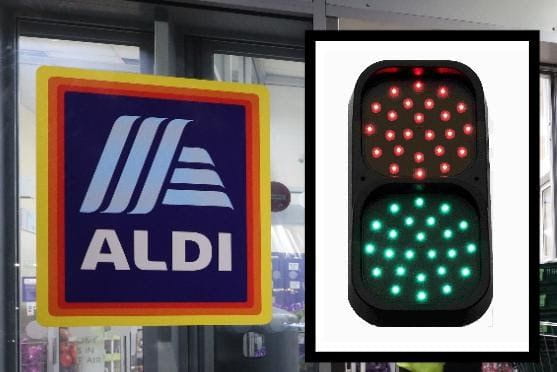Inez von Weitershausen, Research Associate, Massachusetts Institute of Technology
Monique Fuchs, Associate Vice President, Innovation + Entrepreneurship, Wentworth
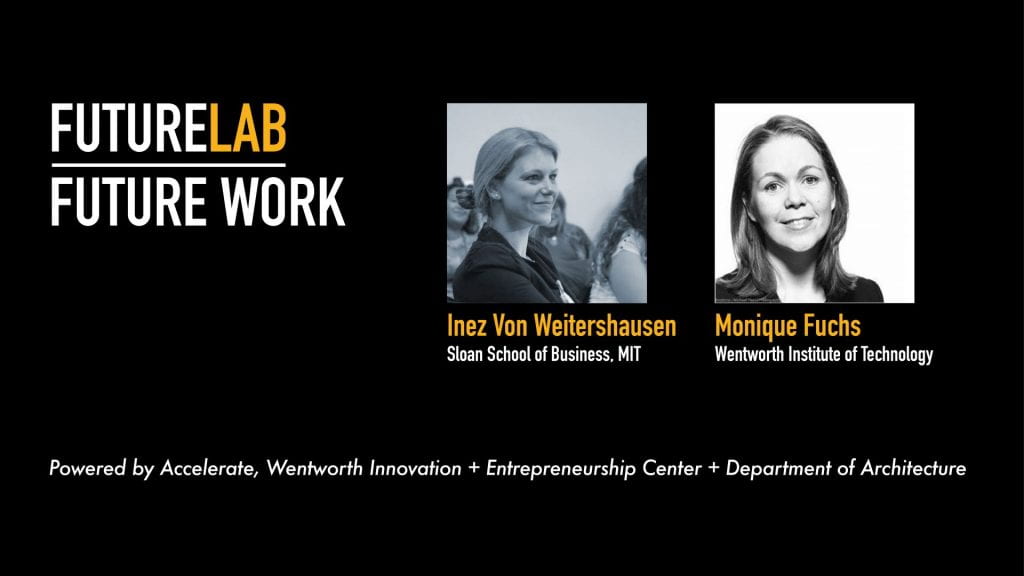
In the FutureLab Talk #3 Inez von Weitershausen [MIT] shares with Monique Fuchs [Wentworth] what the Work of the Future may look like and what key aspects are at play to consider interactions between humans and machines, humans and work, and humans and humans during COVID-19 and beyond. Inez von Weitershausen has researched at Sloan School of Business for the Good Jobs, Good Companies initiative and focuses on cross-national differences around training, education and re-skilling. She encourages younger generations entering the workforce to innovate, remove inequalities highlighted during the crisis, and invest in social impact.

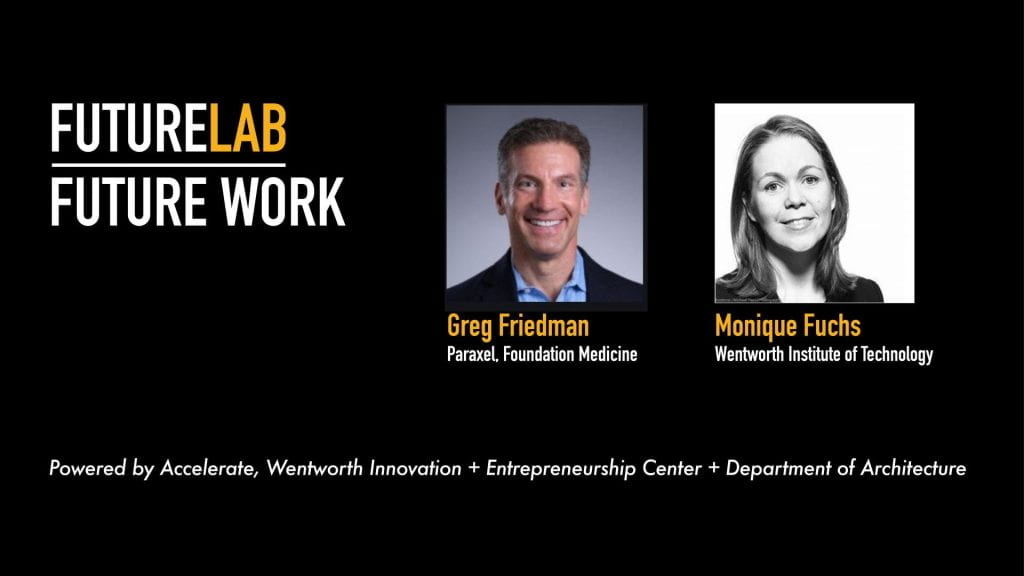
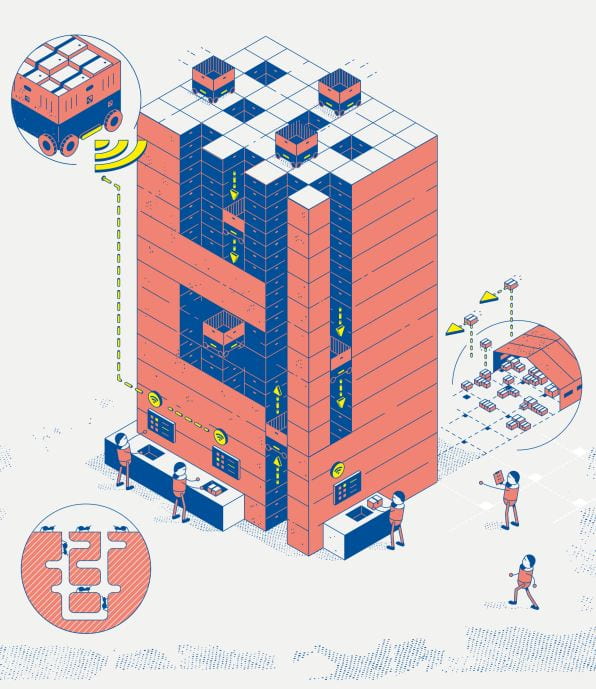
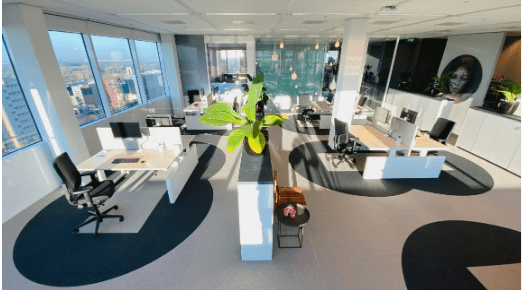
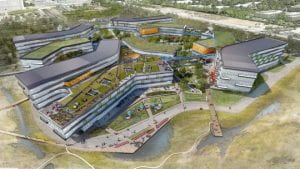
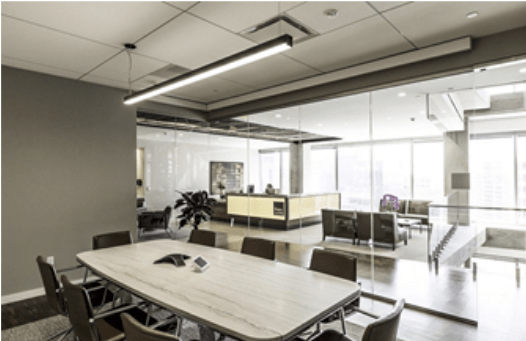 Newer office buildings can utilize data produced and processed by their lighting control system to capture and analyze data to better understand how their spaces are being used to be able to make informed decisions for a safer reentering strategy. This project takes a deeper look at how automated lighting works in buildings, particularly offices to use the data gained from the light sensors that can impact how people use spaces together post COVID.
Newer office buildings can utilize data produced and processed by their lighting control system to capture and analyze data to better understand how their spaces are being used to be able to make informed decisions for a safer reentering strategy. This project takes a deeper look at how automated lighting works in buildings, particularly offices to use the data gained from the light sensors that can impact how people use spaces together post COVID. 